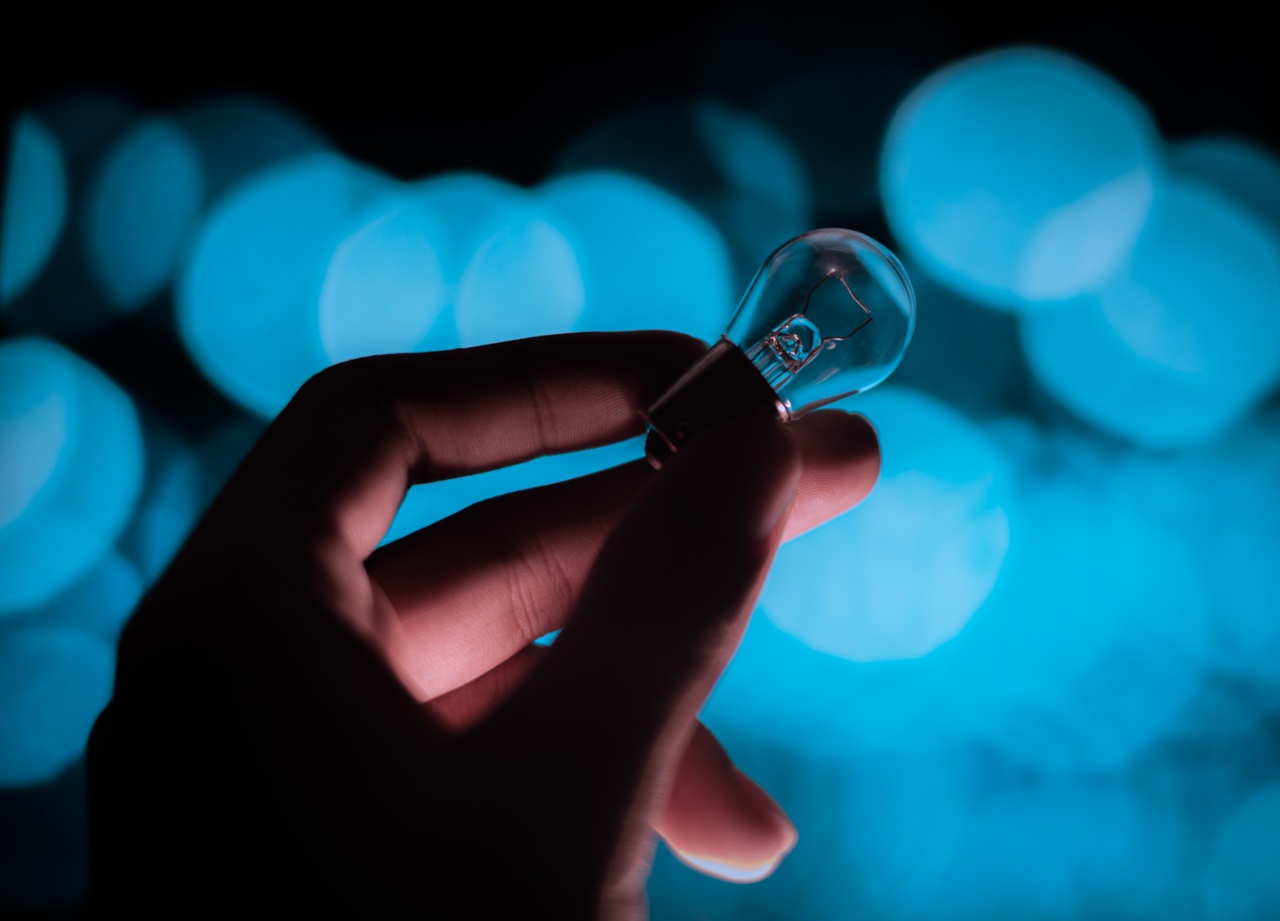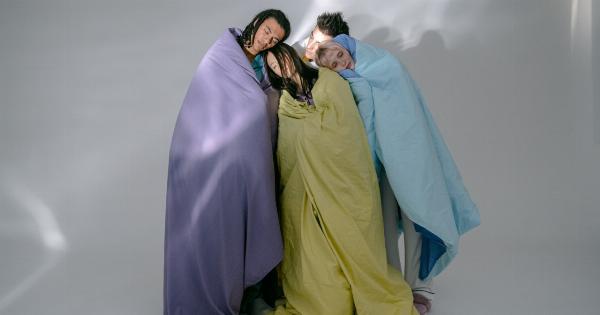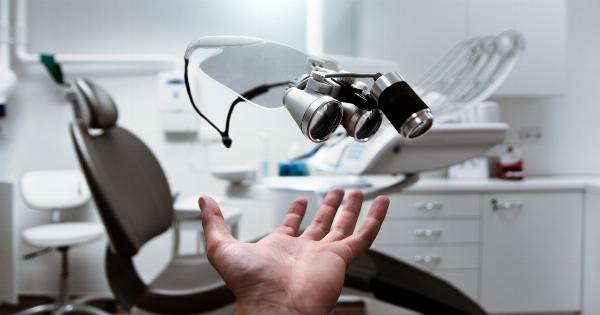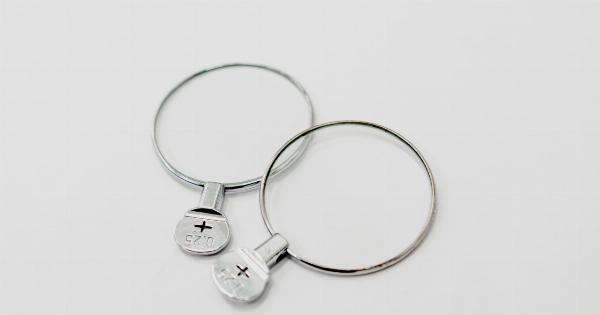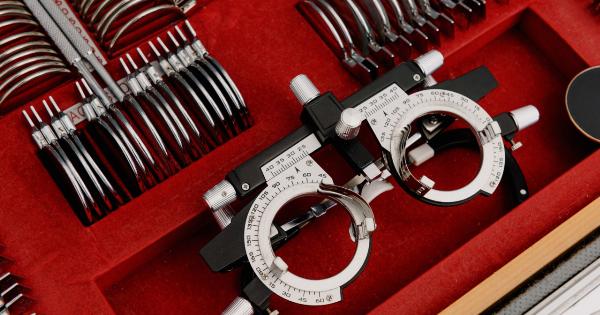Contact lenses have been a game-changer for those who have vision problems and want to lead a life free from glasses. They provide comfort, convenience, and the freedom to engage in various activities without worrying about the glasses falling off.
However, with great convenience comes great responsibility, and this is especially true when it comes to taking care of your eyes.
1. Risk of Infection
One of the biggest risks of sleeping with contact lenses is the increased likelihood of developing an eye infection. When you wear contact lenses during the day, they become an extra layer of protection between your eyes and the outside environment.
However, when you sleep with contact lenses, this layer of protection can lead to bacteria building up and multiplying, as the contact lenses block the supply of oxygen and essential nutrients to the eyes. This can cause a bacterial infection, which can lead to corneal ulcers, conjunctivitis, and even blindness in severe cases.
2. Dry Eyes
Another significant problem that can arise from sleeping with contact lenses is dry eyes. When you sleep with contact lenses, it reduces the amount of oxygen and moisture that reaches your eyes.
As a result, your eyes become dried out, leading to discomfort, irritation, and even corneal abrasions. The longer you sleep with contact lenses, the more likely you are to experience these symptoms. Dry eyes can also damage the contacts themselves, leading to discomfort when you wear them during the day.
3. Corneal Swelling
Another risk of sleeping with contact lenses is corneal swelling. This happens when there is an accumulation of fluid in the cornea, the anterior part of your eye. Corneal swelling can cause severe pain, redness, blurred vision, and even vision loss.
When you sleep with contact lenses, it reduces the amount of oxygen that passes through the lenses and into your cornea, leading to inflammation and swelling. This condition is also known as corneal edema and can cause long-term damage to the eyes.
4. Contact Lens Discomfort
Wearing contact lenses for too long can cause discomfort, especially when you sleep with them. Your eyes need to “breathe,” and when you wear contact lenses for extended periods, it can cause stress on your eyes and lead to discomfort.
Your eyes are likely to be dry and irritated, making it challenging to wear them for extended periods. The discomfort can be severe and can last for a long time.
5. Contact Lens Damage
When you sleep with contact lenses, there is a higher risk of damaging the lenses, leading to discomfort in the future. Sleeping with the contacts can cause them to dry out, shrink, or even tear.
When these lenses become damaged, they can scratch your eyes, leading to discomfort and even infection. Contact lenses are not designed to be worn for extended periods, especially overnight, and doing so can cause severe damage to your eyes.
6. Difficulty Keeping Eyes Moisturized
When you sleep with contact lenses, your eyes will struggle to stay moisturized. The contact lenses prevent the passage of oxygen and nutrients to the cornea, leading to dryness of the eyes.
This dryness can make it challenging to keep your eyes moisturized and healthy, leading to eye problems, such as the ones mentioned above.
7. Reduced Oxygen Flow
Sleeping with contact lenses can lead to reduced oxygen flow to the eyes, leading to discomfort and possible vision problems. Contact lenses are designed to allow oxygen to pass through them and reach your eyes.
Doing so during the day is fine as you’re continuously blinking and moving your eyes, which allows oxygen to pass through. However, when you’re asleep, you’re not blinking, and so the oxygen flow to your eyes is limited, which can cause discomfort and even vision problems.
8. Lens Deposits
When you sleep with contact lenses, there is a higher likelihood of developing lens deposits, leading to discomfort and possible vision problems.
Lens deposits occur when proteins and other substances stick to the lens surface, creating a layer of buildup. This buildup can reduce the clarity of the lenses, making it hard to see, or even cause irritation of the eye’s surface. The longer you wear the lenses, the more likely you are to develop these deposits.
9. Misshapen Lenses
Sleeping with contact lenses can cause the lenses to become misshapen, preventing them from fitting properly on the eye’s surface. This misshaping can cause discomfort, redness, and even vision problems.
Contact lenses are designed to be removed and cleaned daily to ensure their shape remains intact. By sleeping in the lenses, you risk damaging and misaligning them.
10. Increased Risk of Eye Inflammation
Sleeping with contact lenses can lead to an increased risk of eye inflammation, leading to vision problems and potential discomfort. Eye inflammation is a condition where the eye becomes inflamed, leading to discomfort and redness.
When you sleep with contact lenses, they cut the flow of oxygen to the eyes, leading to a buildup of bacteria and other pathogens, leading to eye inflammation.
Conclusion.
Sleeping with contact lenses can lead to a host of problems, including infections, corneal swelling, dry eyes, vision problems, and discomfort.
To reduce the chances of developing these issues, it’s recommended that you remove your contact lenses before you go to bed. You should also clean and disinfect your lenses regularly, as this reduces the likelihood of infections and deposits forming on the lens surface. Proper contact lens care is essential to maintaining healthy eyesight.
